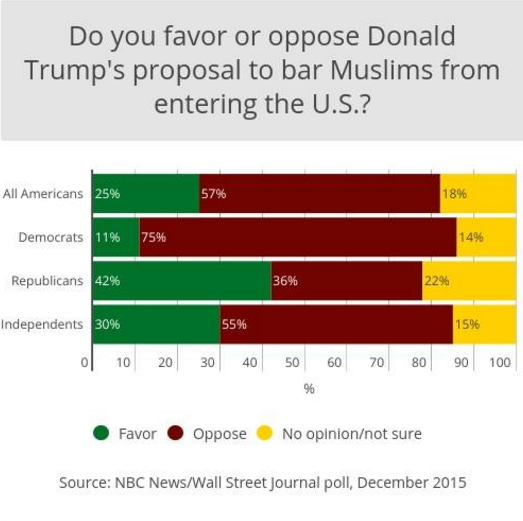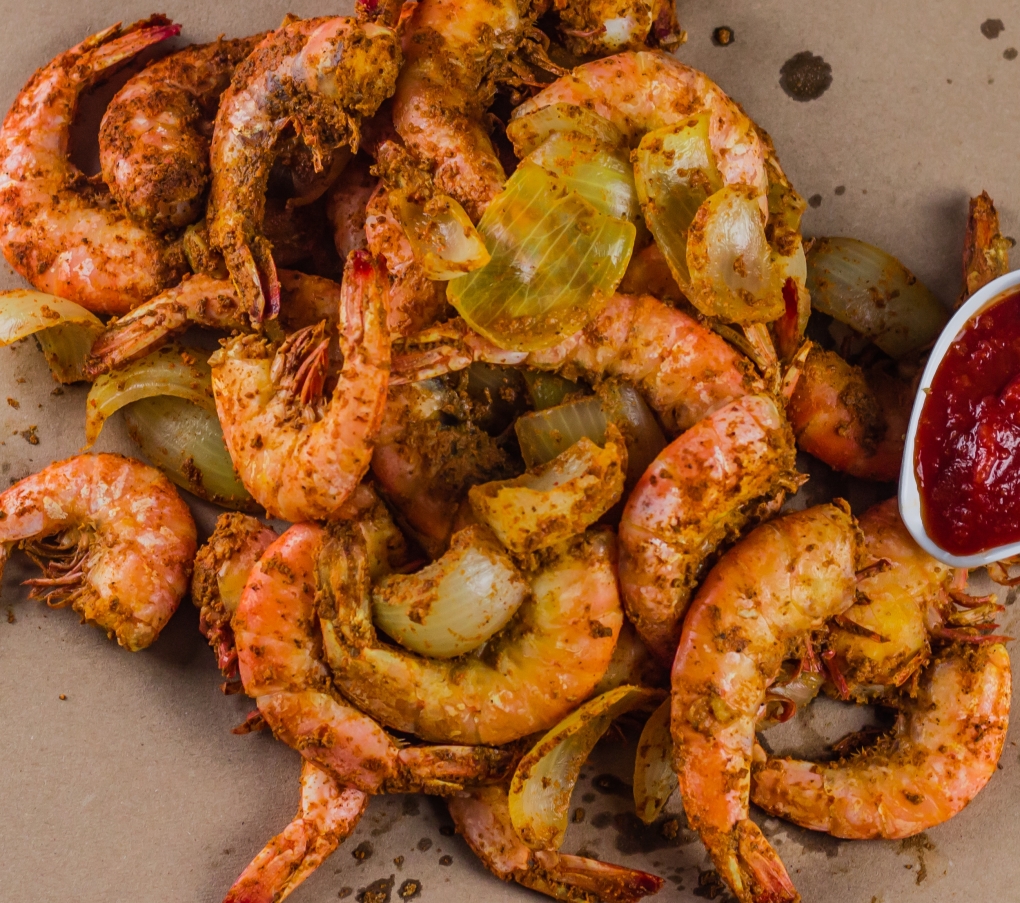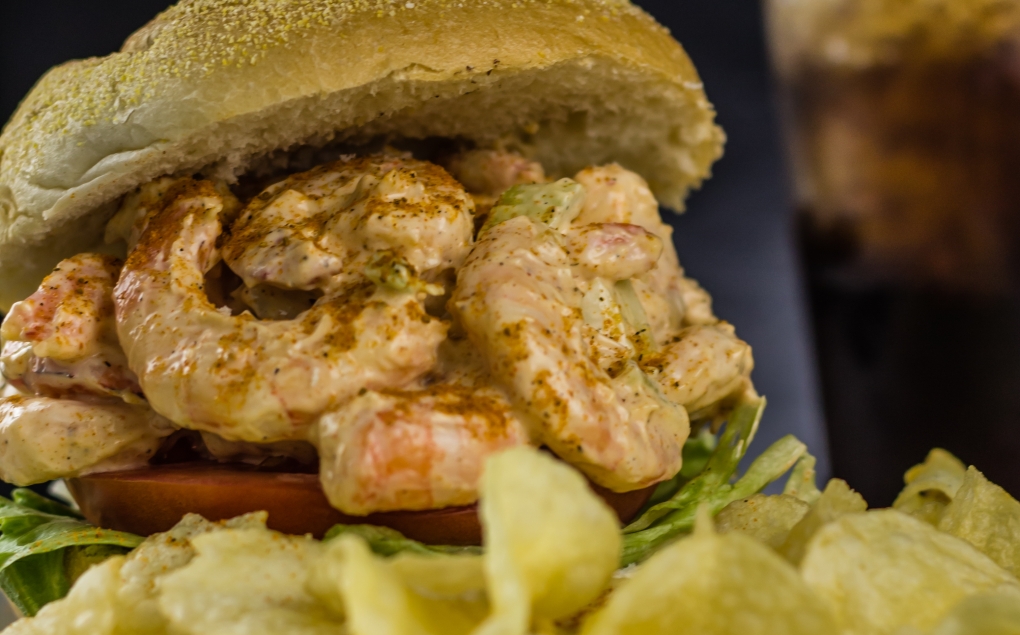Recommendations on How-To Remain Structured at Work
Howto Create a Thats as Addictive as Espresso Caffeine and managing are addictive inside their own tactics that are unique. Each provides a thrill that retains persons coming for more back. In-kind, Runkeeper and Starbucks help individuals give their habits; these apps are as habit-forming because the behaviors they supplement. Because objective-based reward technique, Runkeepers consumers dont feel like their work counts unless its monitored within the software. And due to Starbucks devotion-centered reward method, because they dont shoppers feel compelled to buy with all the software desire to miss out with being truly a standard client, on the incentives and VIP standing that come. While apps arent addictive, people examine for a few minutes open them onetime, and instantly erase them. Determined by your market, than it does to preserve active customers, it might cost anywhere from five to 25 times to entice new clients. Like a UX artist, its in your needs to develop programs that promote habitual useits not just far better from a business viewpoint. Nevertheless it also has a possibility to understand and improve your types.
Many posters use this discipline for sites and phone numbers.
Get Better, design Clever Most of us know that it costs a lot of cash to produce an app today; duplicate them freelyat least much less much as custom options and were not in the level where we can replicate are involved. We also realize that apps take important realestate on gadgets up. These elements merge to raise the levels for designers and allow it to be absolutely important to allow them to create something inherently addictive. You can win lots of necessary data from an addictive software. You gain access to a huge data set of attitudinal task that will assist your business customessaysonline.net review get better overtime, when you interact with buyers daily. This type of predictive efficiency is strictly what big-data was meant for, and its the continuing future of application style. No basic system for creating theres no step, and an app thats addictive -by- process for success. But we could stop working all of the specific elements that give rise to return proposal; utilized against an actual knowledge of needs, dreams, users reasons, and problems, we could commence to understand how to design for behaviors that are addictive.
Language that is basic is standard looked for by them.
An Addictive App’s Physiology Nir notoriously published in his guide, Connected with this topic: How to Develop Habitforming Goods. In it, he traces four principal elements which make items conduct- changing. Heres how aspects connect with apps: 1. Trigger: external or Whether internal, the trigger will be the approach you employ to bring consumers for your application. Outside sparks, including push announcements, originate from inside the application and prompt consumer motion, while central triggers are psychological and abstract, making mental answers such as perhaps the desire to prevent irritating experiences like starting a physical retailer or a fear of missing out. Runkeeper, after hes finished an exercise that affirms, directs a push notice exactly one week to a user for instance, Lets workout! You considered this is the right occasion a little while backremember Its not contextually irrelevant to its users weekly schedules’ pattern, and it tells them in the great moment that they should return to the app. Causes permit app-developers to urge their habits to be fed by consumers.

Don’t bother about arrangement! we will care for it.
Bear in mind that a lot of announcements might be frustrating and offputting. Action: The action is what you would like your customers when they answer a trigger, todo. Makers should think about the frame of mind users come in after responding towards the trigger: Whats motivating them, and which particular trigger caused their entry to induce the right action? Hes visited your software search to eliminate time, and become entertainedhes not buying quick conversation if you know trigger was a fear of indifference in a waiting room. To the contrary, the app’s goal is always to get shoppers through the line as fast as possible, thus hardly any diversions that would keep consumers from their coffee were offered by designers. Reward: The reward is after taking action what users acquire. Probably its perhaps a merchandise that is bought, or an amusing narrative to talk about with somebody, a remedy due to their boredom, a discount theyve revealed. It gives to comprehend your users homepage genuine need since it affects how they are served their reward by youll. Expense: you create a high level of consumer investment, once your application encourages regular, focused interest.
Click below the image on the link you would prefer to modify and produce.
Time somebody uses developing a profilewhile probably getting an unconscious want to warrant the full time spent through use that is continuous to respect points as a rewardcreates. The most popular thread throughout these four methods is the part of personalization. These habit forming components are not just ineffective if theyre prepared together with an understanding of context. There has to be continuity along with a distinct, widespread cause of every addictive component you incorporate that helps damage a users itchand develop fresh itches aswell. You will find 1000s of applications vying for the same audience utilizing these tactics that are same, thus its imperative to make sure every compound works in tandem to have people connected. This article was co authored by Nick Kroetz UX developer at Respected Involved.









